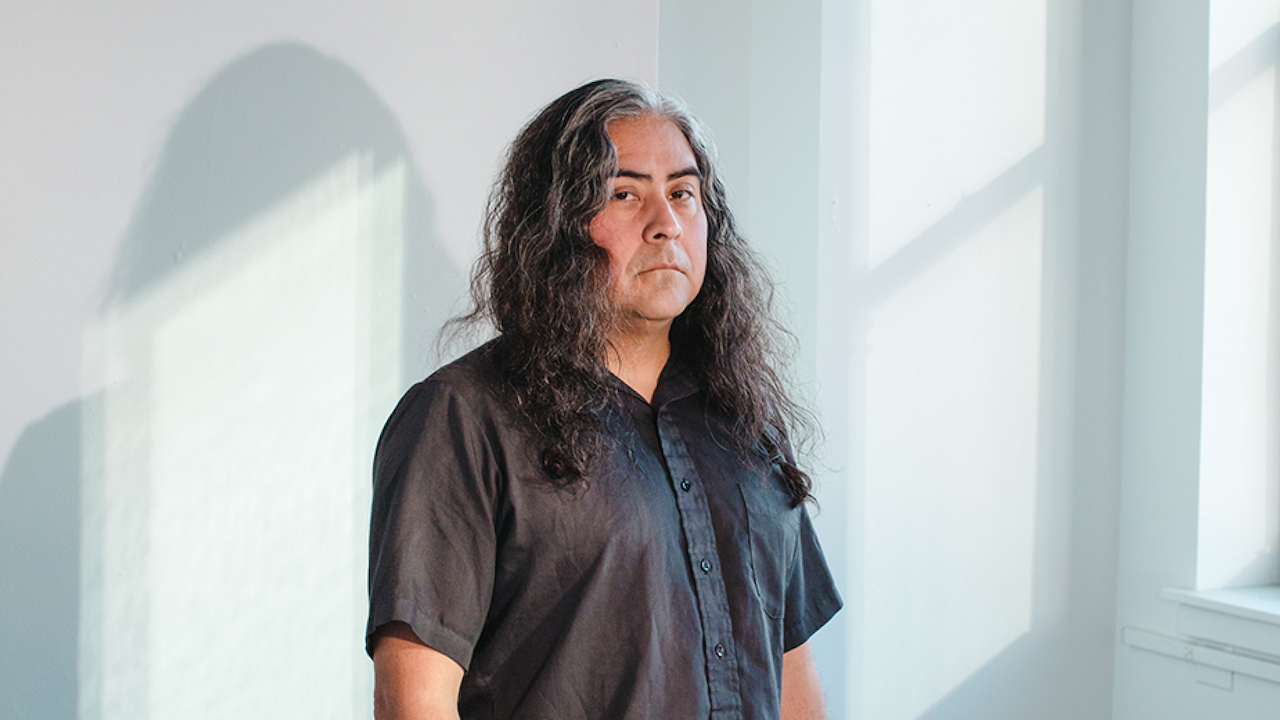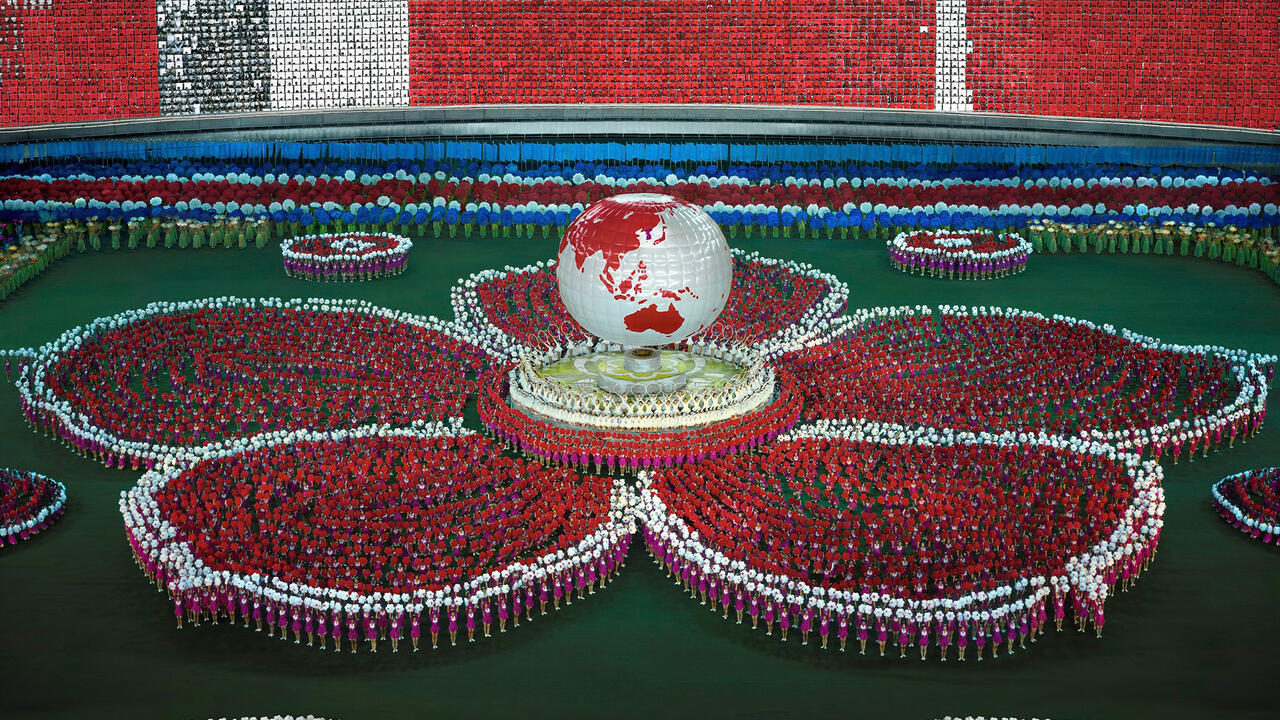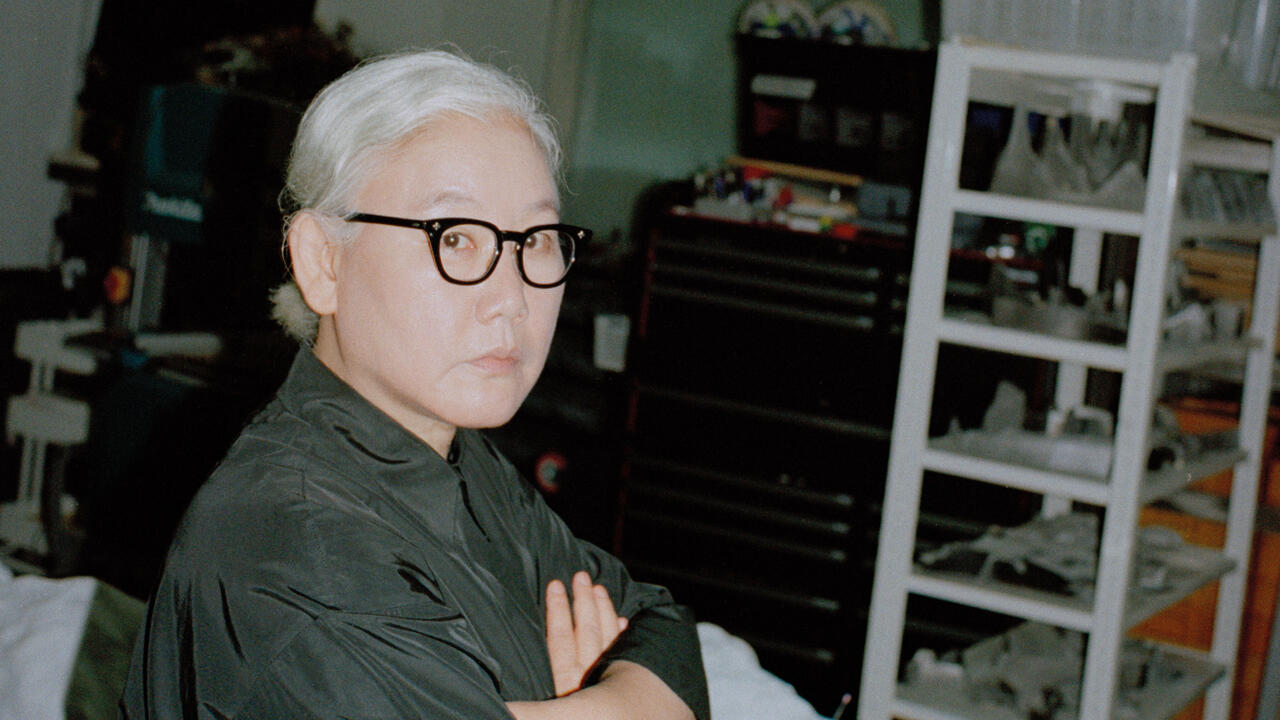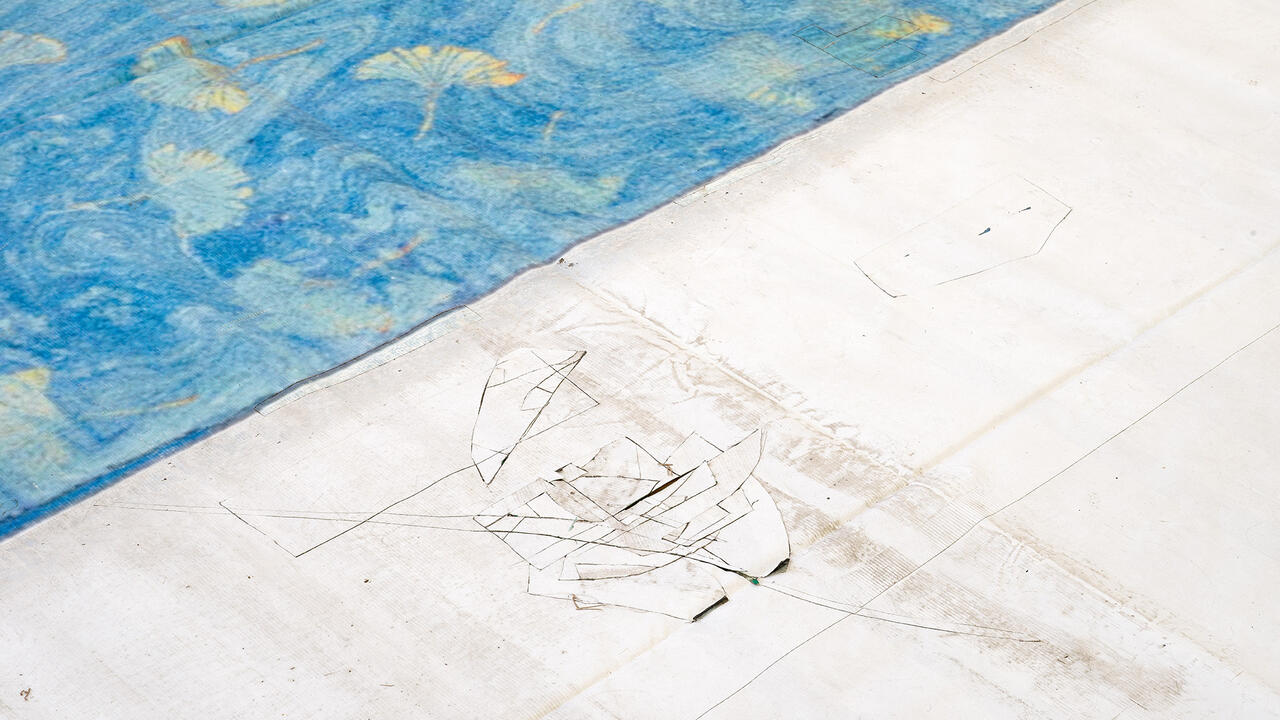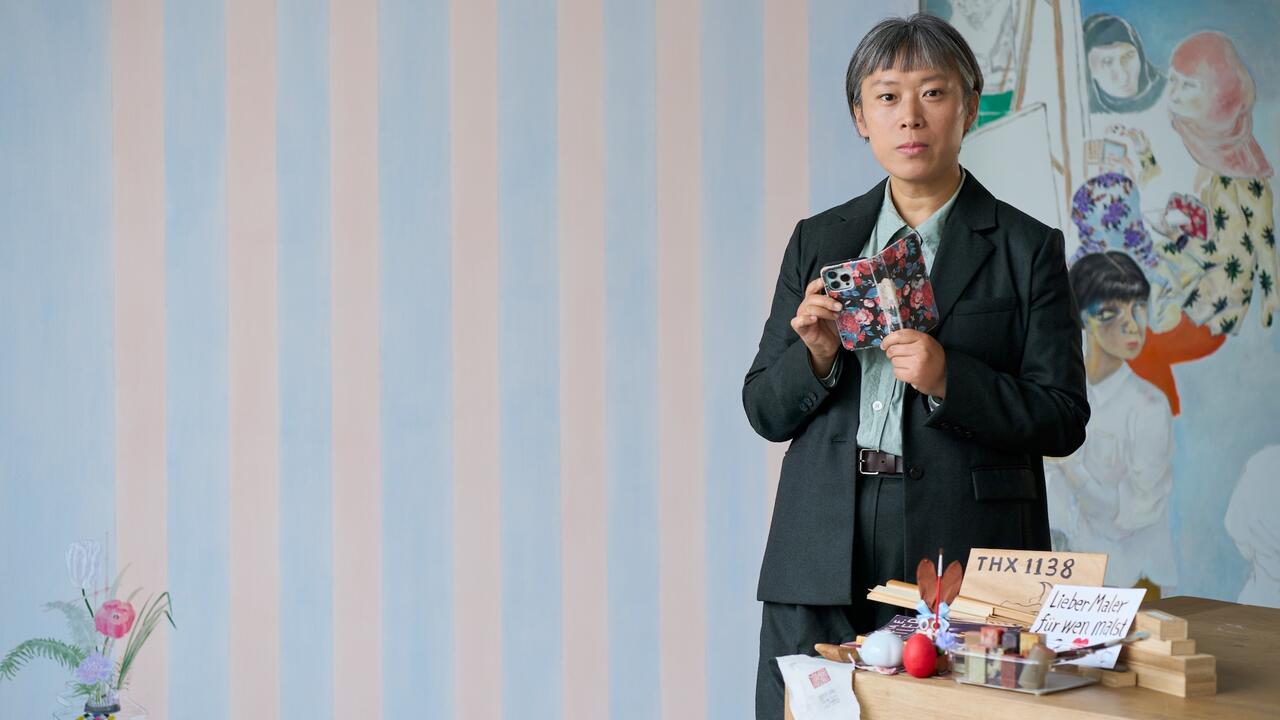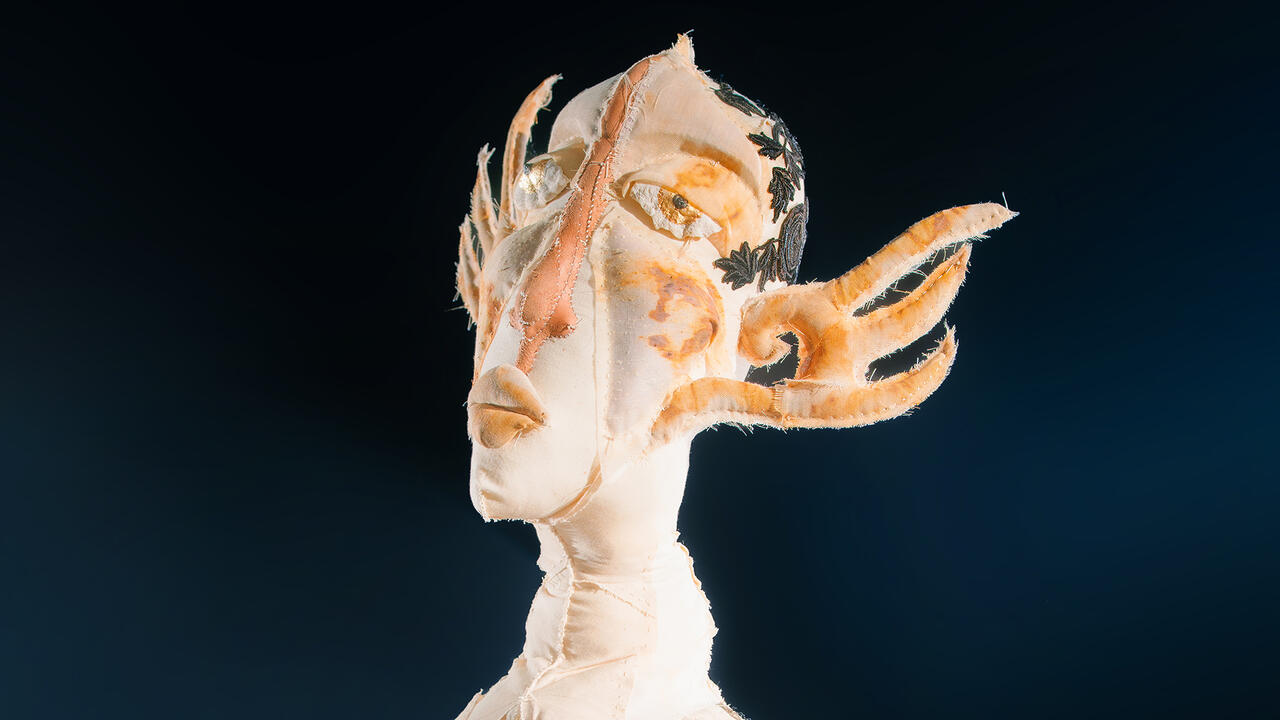The Man Who Discovered Warhol
The extraordinary life of the late, great, gallerist and collector Alexander Iolas
The extraordinary life of the late, great, gallerist and collector Alexander Iolas

There are, perhaps, only a handful of people whose lives had such a deep impact on the evolution of modern art as Alexander Iolas. And yet, after his death in 1987, the name of the great art collector – who was credited with discovering Andy Warhol, among other achievements, and who had important galleries in New York and Europe – fell into oblivion. But now, 30 years later, a re-appreciation seems to be in full swing, with exhibitions exploring his life and collection, the announcement of a museum in his name to be established in Athens, and the publication of his first biography in English, Iolas the Great by Nikos Stathoulis.

Born in Alexandria, Egypt in 1908 (although he regularly changed the date) to a wealthy Greek family, Iolas – whose real name was Constantinos Koutsoudis – led a life that reads like a novel. When he was 17, he ran away from home, first to Athens and then to Berlin to follow his dream of becoming a ballet dancer, before moving to Paris and then New York in 1935. Along the way, he befriended artists including Pablo Picasso and Max Ernst. In America, he met Theodora Roosevelt, Theodore Roosevelt’s granddaughter, who was also a dancer. Together they toured South America. They were to be married, but her family didn’t approve of the young Greek dancer. But this was only an early chapter in what was to become and even more eventful life. Iolas abandoned dancing and became the director of the Hugo Gallery on New York's 55th Street.

It was there, in the late 1940s, when he first saw a slender man walking past his gallery with a small bag and a portfolio. One day, he decided to ask him where he was going and what he was carrying. ‘This is my lunch’, said the man who turned out to be Andy Warhol, ‘and these are my shoe designs, I work in that factory down there’. Iolas took a look at the drawings and told him that it was his last day designing shoes. The conversation resulted in Warhol’s 1952 exhibition of drawings inspired by Truman Capote’s writings.
In 1955, Iolas opened the Jackson-Iolas Gallery (with the former dancer Brooks Jackson); he soon opened galleries in Paris, Milan, Rome, Geneva, Madrid and Athens.
Athens was meant to be the end of his journey. From 1951-72 he had built a modernist villa in the then almost empty suburb of Agia Paraskevi in the outskirts of the city, which he filled with artworks and antiquities. The idea of bequeathing his collection to the state and his home as a museum took shape after the fall of military dictatorship in 1974, when Prime Minister Konstantinos Karamanlis said to him over dinner: ‘You are rich and my country is poor, and I want you to do something about it.’ Iolas responded in no uncertain terms: ‘I will build you, in Greece, the biggest modern art museum in the world.’

But it all went wrong. Greek tabloids turned against Iolas, who was openly gay, and they hounded him to his grave. ‘Why was tragedy born here and not somewhere else?’ asks Stathoulis. ‘But Iolas felt so Greek that he wanted to come back even if it was the end of him. I can’t explain it otherwise.’ Stathoulis tells a story which illustrates the gallerist’s feelings about his home country. One morning, in 1985, Iolas called Andy Warhol and asked him to create a group of works inspired by Leonardo’s Last Supper (1495-97) for the Palazzo Stelline in Milan. Warhol was elated, responding: ‘I can’t believe you’re asking me that, I have a small picture of Da Vinci’s Last Supper above my bed.’ ‘Great,’ replied Iolas, ‘so go ahead. But leave Judah’s seat empty. I’d like to put the Greeks there.’ In 1986, Warhol’s Last Supper opened in Milan. It would prove to be the swan song for both Iolas and the artist he had championed.
A public prosecutor brought charges of antique trafficking against Iolas. The charges were eventually dropped when the gallerist presented evidence that, if anything, he was returning antiquities to Greece. The relationship with his family, and especially his sister, deteriorated and took a heavy toll on him, many of his friends abandoned him and he contracted HIV. France, however, honoured him with the Légion d’Honneur, the country’s highest award, and he was invited to be Francois Miterrand’s guide to Dominique de Menil’s collection in an exhibition in Paris at the time.

By 1986, Iolas had closed his galleries, following a promise to do so after the death of his friend Max Ernst. Within a year, he would be dead and his legacy, the house in the suburbs of Athens, would be looted and many of its valuable contents stolen: plans for the envisioned museum were never acted upon by the Greek government. It had refused to accept the donation of his collection ‘because [the Culture Minister Melina] Mercouri was afraid of the stigma’ Stathoulis tells me without hesitation.
Iolas’s house is now abandoned and derelict. Fragments of white marble litter the unkempt grass outside. The artist William E. Jones, who has long been fascinated by Iolas, has an exhibition at David Kordansky Gallery in Los Angeles, which runs until 26 August: it features photographs and a new 30-minute film Fall into Ruin (2017), both of which explore Iolas’s life and legacy. (It was premiered at the Modern Institute, Glasgow earlier this year).

However, hopefully all is not lost. The local municipality in Athens has recently started the necessary procedures to buy the house from the property developer who currently owns it. After many years of struggle by Stathoulis and others, it seems that Iolas’s vision will become reality and his house will be turned into a modern art museum – even if it’s not the largest in the world.
But unfortunately, a lot of Iolas’s life work has been lost. Immediately after his death his family and others decimated his vast collection. There were break-ins. ‘They were robbing the place for years and it still had stuff in it,’ says Stathoulis. Although almost 7,500 artworks were claimed by his heirs, still around 2,500 are unaccounted for. ‘Their value is very hard to estimate’ Stathoulis sighs. ‘Imagine, they found another 200 paintings in a basement, and one of them was a Fontana – they described it as a “destroyed canvas of unknown artist”. They had no idea what they were doing.’

With a new edition of his definitive biography in English, Stathoulis hopes to restore Iolas’s name. The book will be published this September. At the same time, an exhibition featuring personal items and artworks from the Iolas collection will take place in London at the residence of the collector Christos Michailidis; it will feature pieces by Ernst, Matisse, Picasso and Warhol, amongst others.
But there is something deeper in this restoration: Iolas was one of the first victims of the political machine that would eventually bring Greece to financial ruin and cultural stalemate. Acknowledging the grave injustice that was done to this great supporter of art is a way of turning a new page. It’s not just the art world that needs this; it’s the country as whole.
Main image: Picture of a young Alexander Iolas. Courtesy: The Alexander Iolas Foundation








